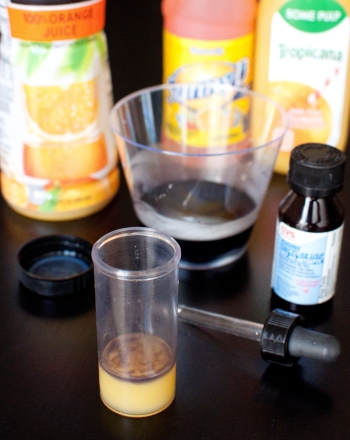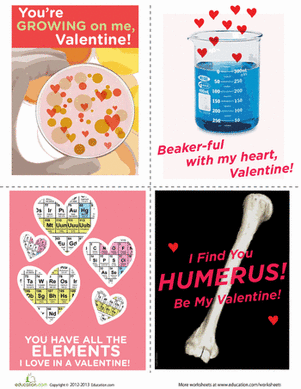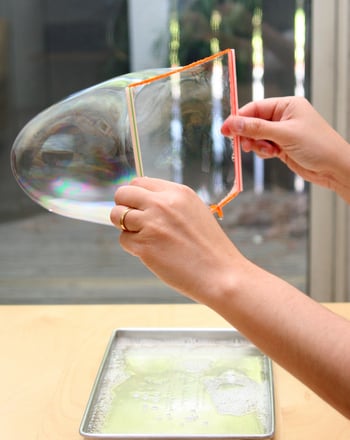Science project
Vitamin Science
Grade Level: 6th - 8th; Type: Nutritional Science
Objective:
Measure the vitamin content in food samples. The goals of this project are:
- To illustrate the ways in which vitamin content is measured.
- To reveal surprising facts about nutrition.
Research Questions:
- What quantity of vitamins do we need to stay healthy?
- What does each vitamin do?
- How is vitamin content measured?
- What happens if we don't get enough vitamins?
- What happens if we take too many vitamins?
Vitamins are organic compounds that are required as nutrients for living organisms. Thirteen vitamins are universally known today. These are called Vitamins A, B1, B2, B3, B5, B6, B7, B9, B12, C, D, E and K. Each one serves a different nutritional purpose. In this project you examine the effect of vitamins, and learn to test organic samples for vitamin content.
Materials:
- Computer with Internet access
- Color printer
- Digital camera
- Typical office/hobby/hardware/craft supplies (paper, poster board, glue, etc.)
- Food samples such as fresh fruits, meats, grains and green vegetables
- Samples of other organic material such as soil, sand or stone (optional)
- All necessary materials can be found in or around your home, at local stores, or on ebay.
Experimental Procedure:
- Read overview of relevant topics (see bibliography below and terms listed above)
- Address all of the above terms and research questions.
- Search and print out interesting images relevant to your topic.
- Take photographs throughout the course of the experiment.
- Test your food samples for Vitamin C content (see link #1 below).
- Contact Lennetch (link #4 below). Find out how foods are tested for other vitamins.
- Run some additional vitamin tests of your own. Just for fun, try testing organic materials we wouldn't normally eat, like rock, soil, sand or tree bark.
- Carefully record all observations and measurements.
- Analyze your data.
- Interpret your findings in a detailed report.
- Include interesting photos, diagrams, charts and models in your science fair display.
Terms/Concepts: Ascorbic Acid; Folic Acid; Titration
References:
- http://myweb.brooklyn.liu.edu/lawrence/che4x/e11vitc.pdf (Testing the Vitamin C content in foods)
- http://www.naturalhub.com/natural_food_guide_fruit_vitamin_c.htm (List of foods and their Vitamin C content)
- http://www.ecademy.com/node.php?id=124749 (facts about vitamins)
- http://www.lenntech.com/fruit-vegetable-vitamin-content.htm (Detailed info on vitamin content)
- http://en.wikipedia.org/wiki/Vitamin (General overview on vitamins)
- Internet searches of your choosing. Search words or terms listed here, or make up your own phrases. Click on any results you find interesting. Have fun surfing the net!
Education.com provides the Science Fair Project Ideas for informational purposes only. Education.com does not make any guarantee or representation regarding the Science Fair Project Ideas and is not responsible or liable for any loss or damage, directly or indirectly, caused by your use of such information. By accessing the Science Fair Project Ideas, you waive and renounce any claims against Education.com that arise thereof. In addition, your access to Education.com's website and Science Fair Project Ideas is covered by Education.com's Privacy Policy and site Terms of Use, which include limitations on Education.com's liability.
Warning is hereby given that not all Project Ideas are appropriate for all individuals or in all circumstances. Implementation of any Science Project Idea should be undertaken only in appropriate settings and with appropriate parental or other supervision. Reading and following the safety precautions of all materials used in a project is the sole responsibility of each individual. For further information, consult your state's handbook of Science Safety.













